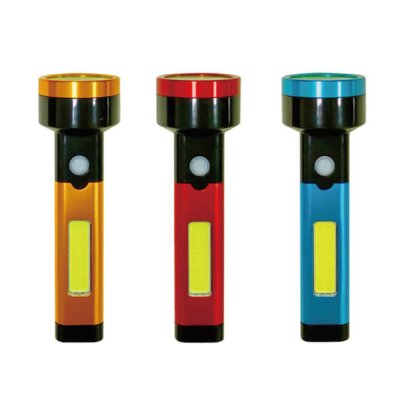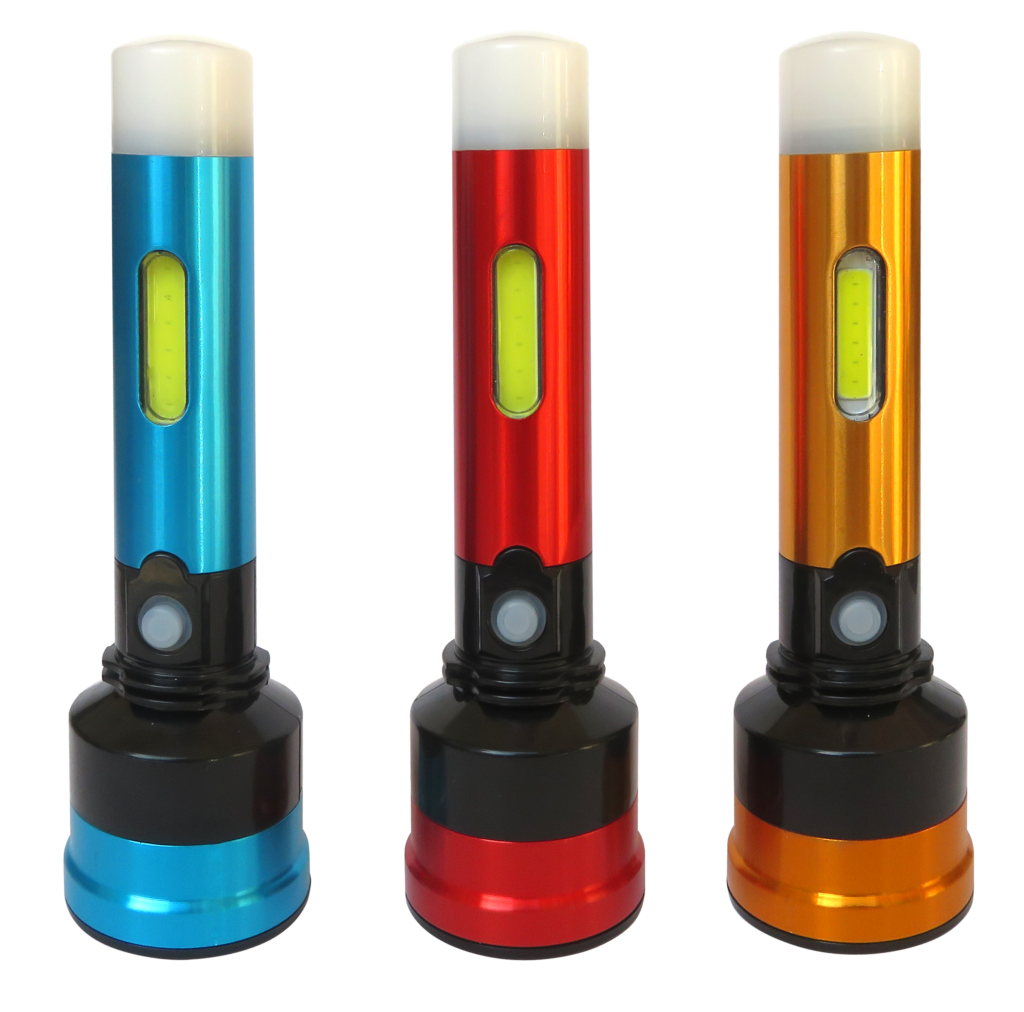Table of Contents
Introduction
Flashlights, when used properly, do not harm a baby’s eyes. However, certain precautions should be taken to ensure the safety and comfort of the baby. Many parents worry about the potential risks of using flashlights or cameras around their babies. In this article, we will explore the science, expert opinions, and best practices to help you keep your little one safe.

As a parent, understanding the development of your baby’s vision and the effect of light on their sensitive eyes is crucial. Let’s begin by exploring how a baby’s eyes develop in their early months.
Table of Contents
Understanding Baby Eye Development
-
How do baby’s eyes develop in the first year?
Babies are born with underdeveloped vision. In their first few months, they gradually develop the ability to focus on objects and detect light and colors. By their first year, they can see much clearer, but their eyes are still sensitive to light.Importance of light exposure for eye health: Light exposure is essential for a baby’s eye health, as it helps regulate sleep patterns and supports visual development. However, parents should ensure that the light used is not too intense.
As babies’ eyes are still maturing, they may be more sensitive to light than adults. Understanding how light exposure can affect their developing vision is essential. Next, we will examine the science behind how light affects babies’ eyes.

The Science Behind Light Exposure
-
How do bright lights affect baby eyes?
Bright lights can cause discomfort, as babies’ pupils are still developing and don’t constrict as effectively as those of adults. However, brief exposure to natural or artificial light will not cause permanent harm.Comparison between flashlight intensity and natural sunlight exposure: A typical household flashlight emits far less light than natural sunlight or the intense flashes of a camera. Sunlight can reach over 100,000 lux, while most flashlights range between 100-300 lumens (roughly 50-100 lux), making them much less intense.
The difference in light intensity between various sources like flashlights and sunlight is important for understanding potential risks. But many misconceptions exist about how flashlights might impact babies’ eyes. Let’s address some of these myths to clear up any confusion.

Common Myths About Flashlights and Babies
-
Do flashlights really damage babies’ eyes?
Many myths surround flashlight safety, often originating from sensationalized reports. One common myth is that flash photography can cause blindness, but medical studies have debunked this claim.A brief historical perspective on misinformation: A viral case involving a baby allegedly being blinded by a camera flash led to widespread fear. However, experts confirm that flashlights and cameras do not cause lasting damage when used properly.
Understanding these myths is key to making informed decisions. To provide more clarity on the safety of flashlights around babies, let’s turn to expert opinions from trusted professionals in the field.
Expert Opinions on Flashlight Safety
-
What do pediatricians and ophthalmologists say?
Pediatricians and ophthalmologists agree that typical flashlight exposure does not cause lasting damage to a baby’s eyes. Dr. Alex Levin, an ophthalmologist, explains that the retina can handle brief light exposures without harm.Summary of scientific studies: Studies confirm that the intensity of most flashlights is well below levels that could cause eye damage, even for babies. These studies further assure parents that typical flashlight exposure is safe.
Experts have consistently affirmed that flashlights are safe for babies when used properly. However, parents should still exercise caution when using light sources around their little ones. Now, let’s dive into some best practices for safe light use.

Recommendations for Safe Light Use Around Babies
-
How can I safely use flashlights or cameras around babies?
To minimize any risk of discomfort or harm, follow these safety tips:- Avoid shining bright lights directly into a baby’s eyes.
- Use diffused lighting when photographing babies to avoid overwhelming them with light.
- Limit exposure duration: Short bursts of light are preferable to prolonged exposure.
Tips for parents: Always be mindful of your baby’s reactions to light. If they seem startled or uncomfortable, it’s best to reduce the intensity or duration of light exposure.
Ensuring safe light use is not just about preventing harm; it’s about maintaining comfort for your baby. While the risks are minimal, taking simple precautions can make a big difference. Let’s now look at how these recommendations apply in real-life scenarios and the data behind it.

Real-Life Cases and Statistics
-
What are the real risks?
There are no significant reports of babies being harmed by flashlight exposure. While specific statistics on flashlight-related injuries are rare, healthcare professionals agree that such incidents are extremely uncommon. Most injuries from light exposure typically come from intense sources like lasers or unfiltered sunlight.Statistical data on baby eye health: Research indicates that babies’ eyes are more sensitive to UV light, making prolonged exposure to direct sunlight more harmful than brief flashes of light from typical household flashlights.
The rarity of incidents involving flashlight-related injuries reinforces the idea that flashlights, when used correctly, are safe. Nonetheless, it’s important to stay informed about potential concerns. In the next section, we’ll address the most common questions parents have regarding flashlight safety.

FAQs: What Parents Want to Know
-
Can a flashlight blind a baby?
No, typical flashlight exposure does not cause blindness. However, avoid shining a flashlight directly into a baby’s eyes. -
Is it safe to use flash photography with babies?
Yes, it is safe when done responsibly. Avoid using high-intensity flashes in dark environments. -
What type of light is harmful to a baby’s eyes?
Prolonged exposure to direct sunlight without protection is more harmful than brief exposures to artificial light sources like flashlights. -
How can I protect my baby’s eyes from bright lights?
Use indirect lighting and avoid direct exposure to strong lights, especially in dark environments. -
Are there any studies on flashlight safety for infants?
Yes, research confirms that typical household light sources are not harmful to infant eyes. However, caution is advised with high-intensity lighting, such as lasers or camera flashes.
These common questions help alleviate concerns many parents have. As we wrap up, let’s summarize the key points and provide a final piece of advice on flashlight safety.

Conclusion
In conclusion, flashlights are generally safe to use around babies, as long as precautions are taken. Parents should avoid direct exposure to bright lights and consider using diffused lighting to minimize discomfort. Remember that the risk of harm from flashlights is extremely low, and with proper care, you can use lighting safely around your little one. If you’re in need of safe, high-quality flashlights, check out our products at Flashlight Vendor and ensure your baby’s environment is both safe and well-lit.



